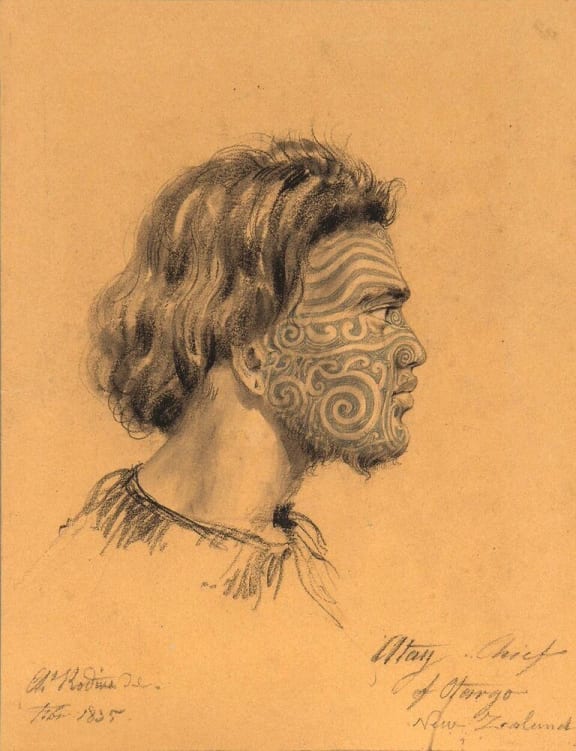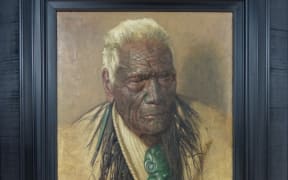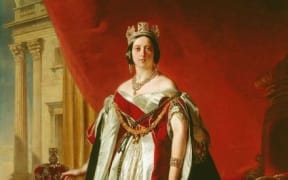A portrait of a young Māori Ngāi Tahu chief drawn in 1835 will return to its home after it was purchased by the University of Otago's Hocken Collection.

German-born artist Charles Rodius drew this portrait of a young Maori Ngai Tahu chief in 1835. Photo: Supplied
The portrait was drawn by German-born artist Charles Rodius, five years before the signing of the Treaty of Waitangi in 1840.
The German artist was thought to have resided in Australia when he drew the portrait, during a time when there were Māori living in Sydney.
Charles Rodius drew several other Māori and identified them with the phonetic spelling of their names.
Librarian Sharon Dell said the drawing was exceptional and unique from other portraits she had seen from that era.
"I think the thing that is so arresting about it is how accurately this young man's humanity has been captured, that he has an extraordinarily engaging presence.
"There is somehow something very immediate and extraordinary about the experience of seeing it in person, so for us the fact that it was such a good portrait, that it was a person very strongly related to Otago in such an early representation made it an incredibly important thing for Hocken to acquire."
The portrait cost the Hocken collection around $150,000 with funding support from the library's endowment trust.
Ms Dell said the identity of the Ngāi Tahu chief was unknown but hoped further research would uncover who the Ngāi Tahu descendant was.
"Ngai Tahu historians are interested in finding out a little bit more about who he might be. Of course his name is the phonetic spelling of his name, so we're not exactly sure how Rodius himself, when he wrote something down, what the sound was in his head."
Ms Dell said the portrait had been handed down through a family through many generations from the time it was drawn and had very good provenience.
She said the Hocken was still developing its historical collections and the piece was a remarkable addition.




